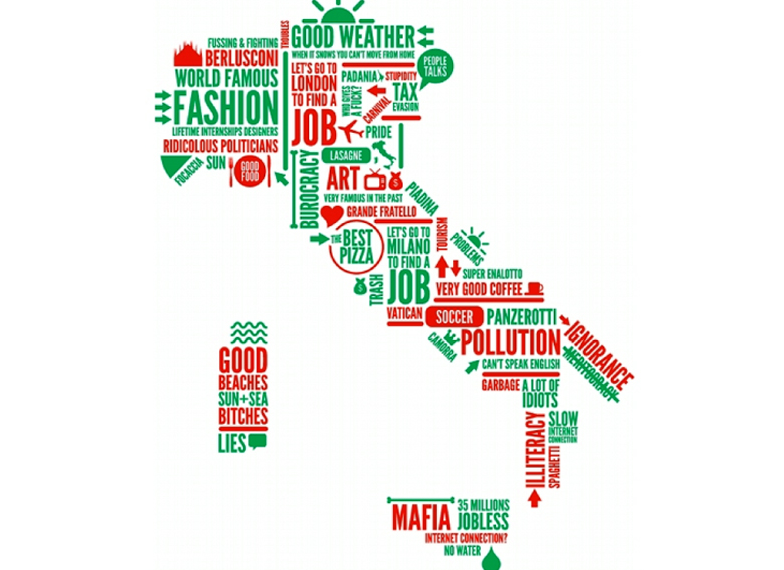Stereotypes

Creating stereotypes is a common activity that everyone partakes in especially when we are exposed to a new environment. Whenever we go somewhere new, meet new people or simply walk into a room or building we instantly stereotype the person or group we see. We have a tendency to label people and assume who they are by their actions, how they look and how they dress. We also have a strong tendency to stereotype countries and how people in other countries live when we have never witnessed it first hand. The article from week six called “What causes us to hold biases” explains that “Stereotypes are exaggerated pictures we make about a group of people on the basis of our inflexible beliefs and expectations about the characteristics or behaviors of the group” (Ting-Toomey, 2012). People create assumptions and hold biases daily that seem credible and real. Nowadays social media and technology engulfs us and influences the way we perceive information. For many, social media platforms are where we learn most information that can be deceiving and distorted representations of cultures (Perception Institute, 2016). This creates a spiral effect that makes these stereotypes concrete into our everyday lives and minds. Stereotyping is a natural instinct that everyone partakes in which causes some people to think poorly of one’s culture. But not all stereotypes are bad, there are good ones where people praise others based on their abilities like for example, African Americans are insane athletes.
Common stereotypes in Italy
- Talking with hands
- Big families with lots of drama
- Big family meals
- Eat pasta and drink wine
- Dress nice and have expensive material items
- Always late
- Huge soccer fans
(Nabia, 2021)
Italy is a prime example of a place that is heavily stereotyped. The common assumptions about Italy is that the people who live there only eat pasta, buy expensive designer products, love football (soccer), have big families with lots of drama, and use lots of hand gestures when communicating. These assumptions may be partially true but these are stereotypes that we have created to describe what Italy is like based on people’s assumptions. 63% of Italians said they do eat pasta and pizza almost everyday or everyday but that is not the only thing they consume (Wunsch, 2020). They also aren’t particularly late because Italy has a high uncertainty avoidance meaning they don’t like taking risks like being late (Savarese, 2021). Word travels fast around the world through gossip, social media and your own observations. It doesn’t mean that everyone has a big family, always talks with their hands or are huge soccer fans. Stereotypes are a way for people to place others in groups to make it easier to describe a culture and give them a label. We tend to judge people based on what is unusual to someone so it is easy to stereotype people in Italy if they are doing things that you are not used to. Or assuming that because they live in Italy that they must do this and that.
By: Margot Yelle

